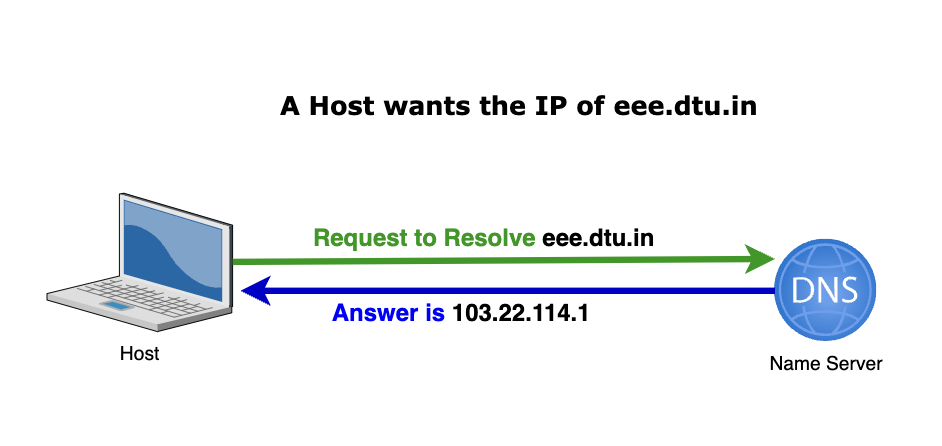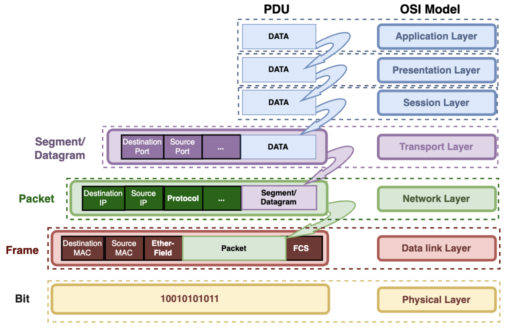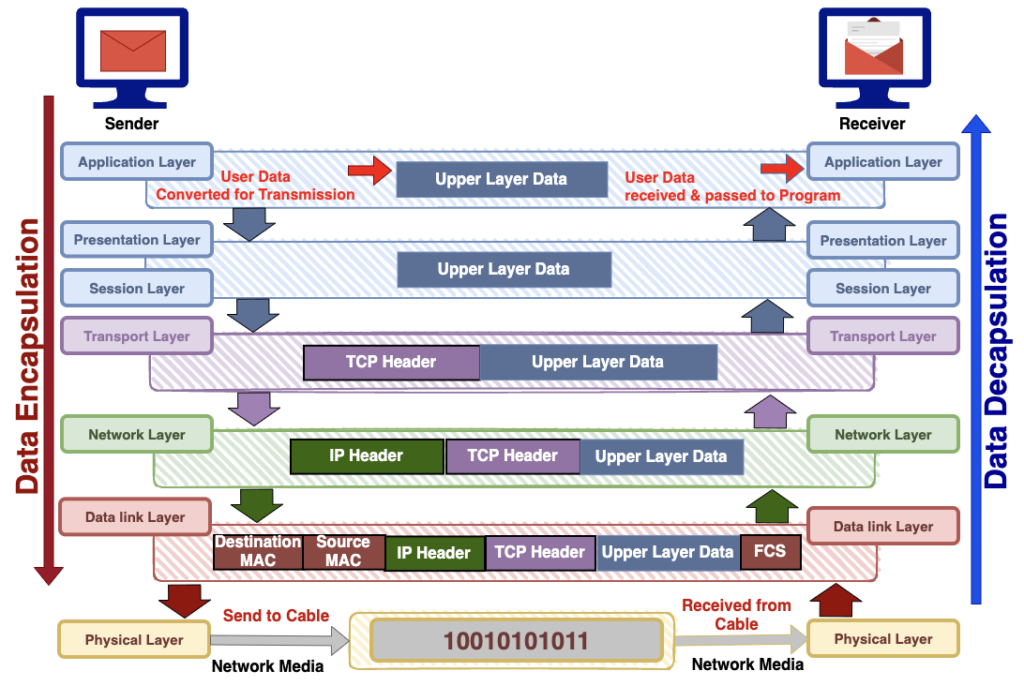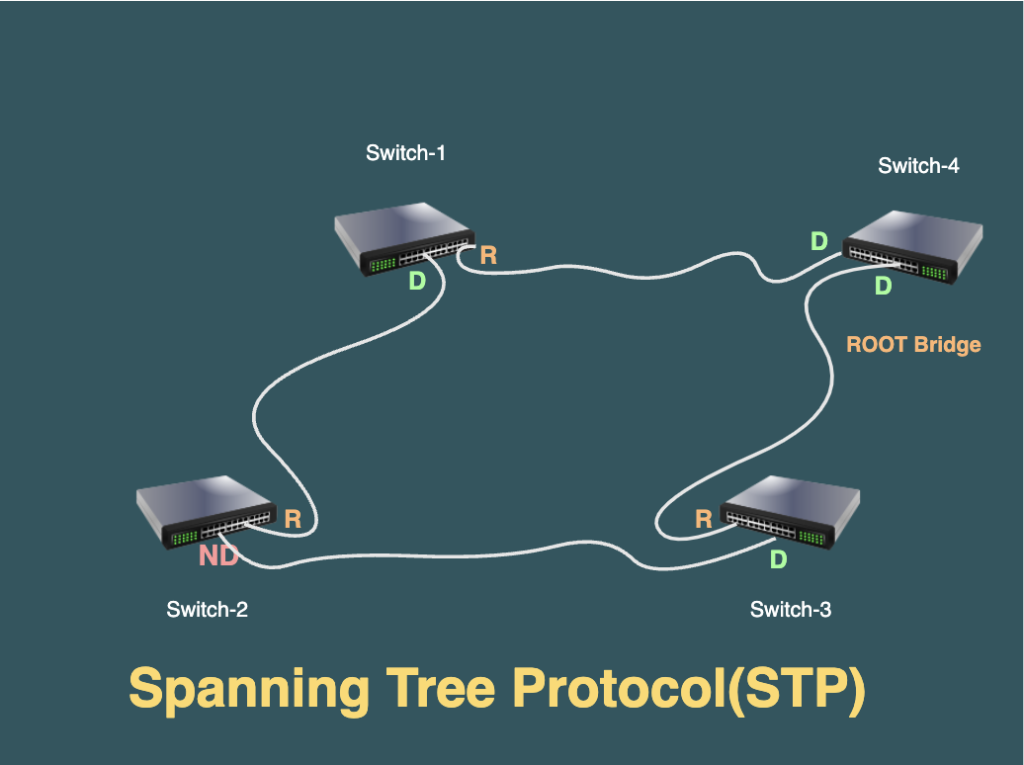TCP/IP Protocol Suite
The TCP/IP protocol suite is a comprehensive set of networking protocols used for communication on the Internet. It serves as the foundation for the global network, allowing diverse devices and systems to interact seamlessly. When understanding the TCP/IP protocol suite in the context of the OSI (Open Systems Interconnection) reference model and the TCP/IP model, we can draw parallels and distinctions. While the OSI model provides a conceptual framework, the TCP/IP model offers a practical and widely used implementation. The TCP/IP protocol suite’s four layers align functionally with the OSI model, and protocols within each layer facilitate effective communication across networks.

Here is a list of some common protocols in the TCP/IP suite and the services they provide:
Internet Control Message Protocol (ICMP):
- Service: Facilitates the transmission of error and control messages between hosts and routers.
- Protocol no: 1
Internet Group Management Protocol (IGMP):
- Service: Manages the membership of hosts in multicast groups, facilitating the transmission of multicast data.
- Protocol no: 2
Internet Protocol version 4 (IPv4):
- Service: Provides identification and location for devices on networks, enabling communication.
- Protocol no: 4
Transmission Control Protocol (TCP):
- Service: Offers a reliable data-stream delivery service between end nodes.
- Protocol No: 6
Exterior Gateway Protocol (EGP):
- Service: Enables the exchange of routing information between exterior routers.
- Protocol No: 8
User Datagram Protocol (UDP):
- Service: Provides an unreliable datagram delivery service between end nodes.
- Protocol No: 17
Open Shortest Path First (OSPF):
- Service: Facilitates the exchange of link-state routing information between routers.
- Protocol No: 89
Enhanced Interior Gateway Routing Protocol(EIGRP):
- Service: A dynamic routing protocol designed for efficient and rapid routing within a single autonomous system.
- Protocol No: 88




